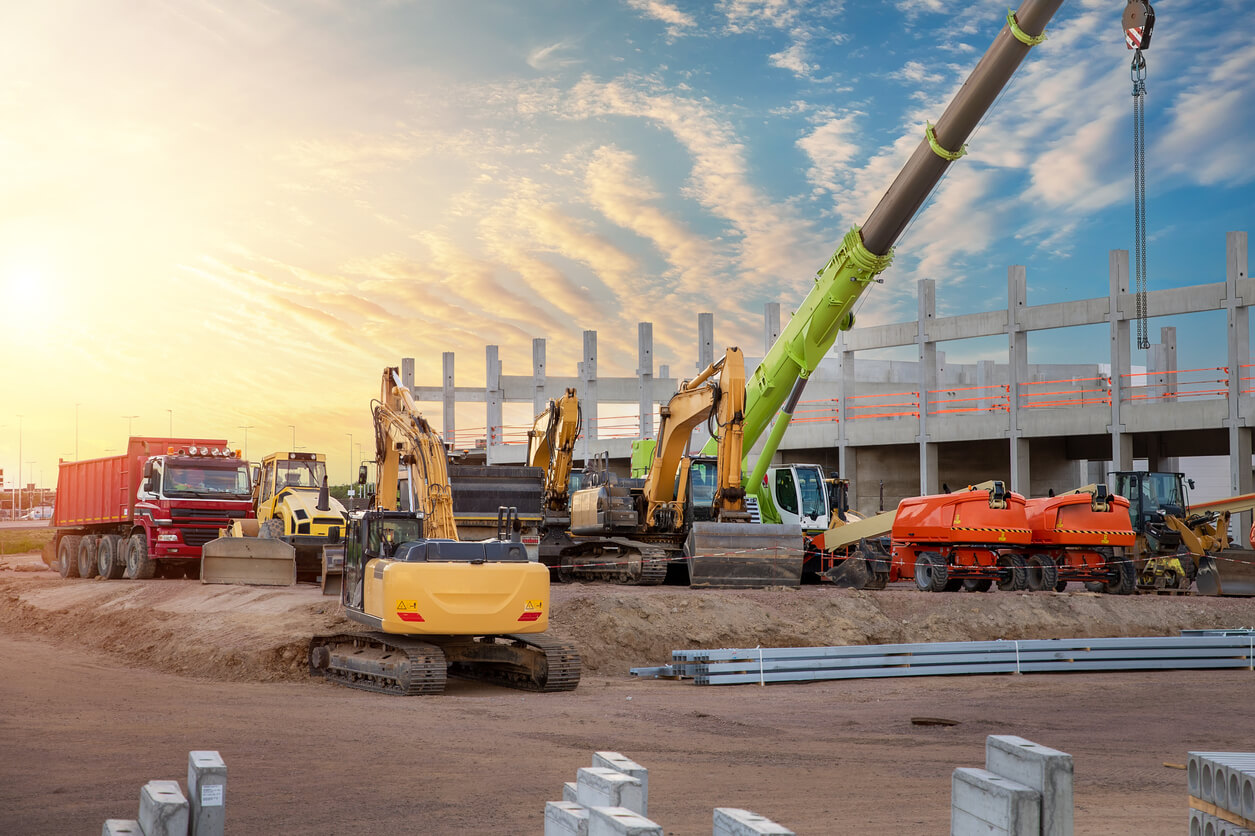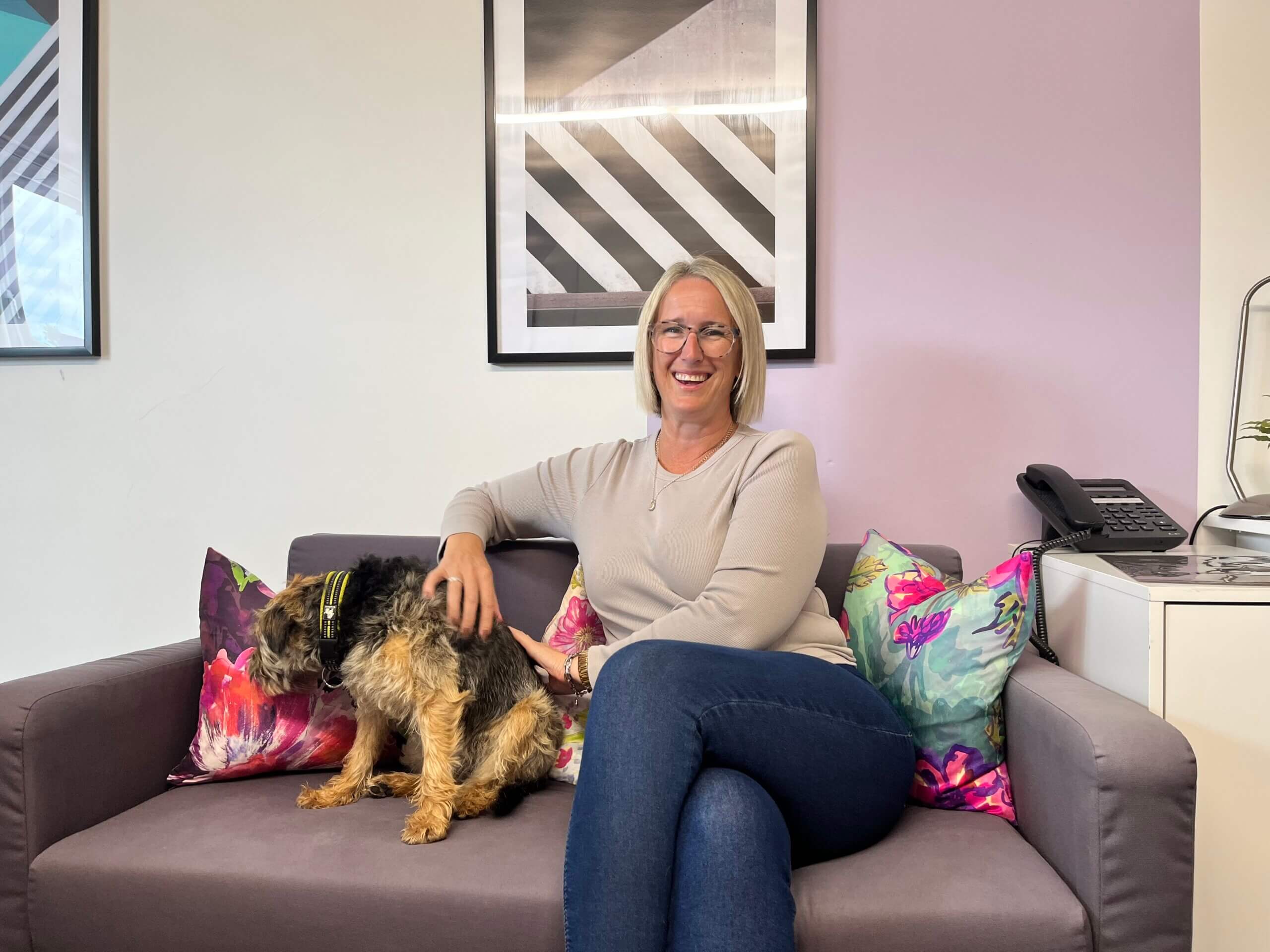Wellbeing in the workplace is a much talked about topic, and at Glow, we love to big it up. It’s an essential passion and is entwined into one of our values; Human – ‘To promote wellbeing and harness emotional intelligence. To continually learn and grow stronger to deliver better service. To work with compassion for the environment and community.
So, being tasked with looking at the future of wellbeing was something I was only too happy to do. Below are my tips, latest proven theories and snazzy bits of advice we can all learn from and put into practice.
Workspaces.
Forget just putting in a pool table and a few bean bags. A Be-well, work-well workplace goes deeper than just things to play with. The culture from the top is how we work, understand expectations, and manage our time. It’s about really embracing hybrid working and talking with each individual to map out what works for them and the job they do. There is no one size fits all, and be careful too; if you are too structured on when people are in the office, this isn’t hybrid at all. It’s just the same as before but with management saying when you can work from home. Instead, listen to your employees, understand their lives and trust them to come up with solutions. The good ones will; the bad ones perhaps aren’t in the right job.
Training.
If it’s not already on your agenda, build wellbeing into your reviews, one2one meetings and training programmes. Make it the norm and never frowned upon as essential learning. Consider employing a wellbeing officer or promoting ambassadors in your business to focus on and drive through wellbeing best practices.
PWC has created a fabulous Habit Bank, intended to provide some inspiration for habits that can energise you. They focus on the six core behaviours and habits that fuel our dimensions of energy—physical, emotional, mental, spiritual, financial and social—which are proven to help us become our best selves, personally and professionally.
Sleep pods.
I have had a fabulous executive coach, Cara Moore, and co-founder of Pro Nappers for over ten years. Cara is a super daily napper. She is passionate about bringing this energy hack to the attention of corporates and businesses. Napping at work is smothered in stigma, and whether you are pro, open-minded or not (I find it very hard to sleep in the day, but I do take time out), I see a time when sleep pods will be in every office. We have all had those dreadful nights of sleep when the next day is painfully hard, and you just know you are not on form. Taking 10 to 20 minutes to recharge will not only rejuvenate you but will significantly enrich productivity. Check out these pods and start mapping out where yours will go!
Emotional Intelligence & Agility.
Strongly linked to napping and taking time out, I am a big believer in being in tune with your emotional intelligence and knowing when to Step Out, Step Away, so you can Step Up. (SO SA to SU). This is not about suppressing your drive, frustrations or emotions, but it’s about embracing them and tapping into the right tools to harness how to deal with them and at speed. Susan David, PhD, a psychologist and faculty member at Harvard Medical School, has written a brilliant book called Emotional Agility: Get Unstuck, Embrace Change and Thrive in Work and Life. Susan has found that emotionally agile people experience the same stresses and setbacks as anyone else. The difference is that the emotionally agile know how to unhook themselves from unhelpful patterns and create values-based success with better habits and behaviours.
Work/life as one.
I have always seen life and work as one. And even at the start of my career in Deloitte, head office in London, I couldn’t fathom why people pulled all-nighters, put everything into work, and left an empty tank for anything else. My view is to stop decompartmentalising work and life. Instead, focus on the job at hand, whether work or social or life, and do that well. And mix up when you do these activities. We know 9-5 in the workplace doesn’t exist anymore, so be brave in how you carve up your day. And this starts from the top. Whether it’s the school run, exercise, helping an elderly relative or lunch out with friends, make all of these activities regular ‘work’ time things to do and put them in your calendar for all to see.
Slow down and pull back.
After such a brutally hard two years during the pandemic, when we were all kind to each other, I am still perplexed that back-to-back meetings are commonplace. Suppose there is one thing to take from these tips, slow down and pull back. Have meeting free hours and include a meeting-free day each week. And bosses, again, this comes from you first. Stop putting in meetings whenever you see a slot and expect people to turn up and switch on. Not only is it exhausting, but it’s also counterproductive as it leaves no time for creativity, review, challenge or actually to do the work.
Email will take the back seat.
The email has been around for decades and in that time hasn’t really enhanced at the speed of how we like and want to communicate. It is overused, not appropriately used and hijacks our time continually. As we are now used to messaging via many mediums, we need to get more creative in chatting in the workplace. Many of us use Teams for chat, which is great at pulling the noise away from email. We also suggest looking at project workflow tools such as Trello, Slack and Basecamp.
And if you do still need to use email, consider who you cc, be mindful of people out of the office and refrain from sending email after email. Think too what you are saying before you press send. Does it make sense? Is the action clear?
Exercise and laugh lots.
Both exercise and laughter increase the endorphins released by your brain, making you feel better about yourself and make better, more informed savvy decisions. This isn’t about being prescriptive and making staff do Monday push-ups, but it’s being an enabler where exercise is seen as an essential part of the working week and not just for the weekends, evenings or at 5 am. I want to see a time when all diaries have calendar appointments at the gym or a walk in the park, or a cycle ride. This will happen in time and if it doesn’t work in your workplace yet, make that change.
And why do we need to be better at wellbeing?
Apart from the obvious benefits to productivity, creativity and emotional agility, there’s being fit and staying alive. We recently witnessed this stark reminder – with the sudden death of cricketer Shane Warne, at just 52 – that heart disease can often be hidden and the effects devasting. Shane was just about to embark on a three-month taking stock regime to pull back and realign. Desperately, it just came too late. I can talk from personal experience, too, as we have seen two heart attacks and 12 stents in my immediate family alone. All slim, seemingly fit and young (two under 55).
Come on, surely, over the years we have learnt more about how to work smarter, looking after ourselves and our health. For the sake of our colleagues, our families and friends, we owe it to them. There isn’t a take two. Wellbeing is here to stay.



